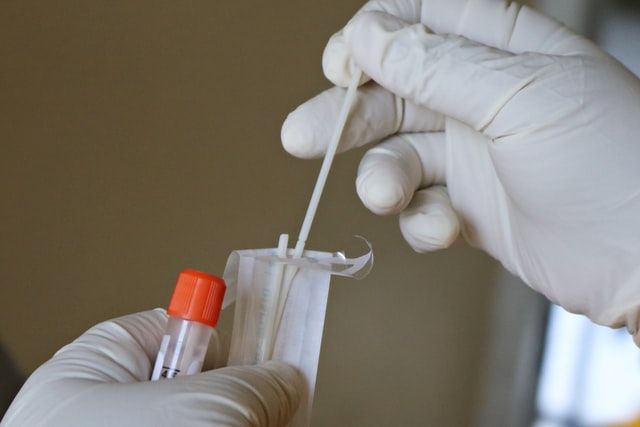Ferritin is a blood protein that stores
iron. An intracellular protein, ferritin releases iron in a controlled way when
needed and helps regulates iron levels in the blood. Found in most tissues as a
cytosolic protein, small amounts of ferritin is released into the blood serum,
which indicates iron storage in the body.
Also Read | Why COVID ‘variants of concern’ found in India were named Kappa, Delta
A ferritin test helps doctors understand if there is an iron deficiency
in your body, or an overload, the latter having a significant prognosis in light
of the COVID-19 pandemic – Dr Samrat Shah, a consultant Internist at Mumbai’s Bhatia
Hospital told The Indian Express. The normal range for blood ferritin in men is
from 24 to 336 micrograms per litre and from 11 to 307 micrograms per litre in
women.
If ferritin is low:
Lower than normal levels of blood ferritin indicate iron deficiency in a
person. Such people may also anaemic, which is a condition where one lacks
enough red blood cells or haemoglobin to maintain oxygen levels across the
body.
Also Read | Kerala, northeast states potential hotspots for new COVID outbreak: Study
Symptoms of low ferritin levels include feeling weakness, headaches,
paleness, shortness of breath and increased heart rate.
If ferritin is high:
High ferritin levels indicate an overload of iron in the body. Such a
condition may be caused due to a liver disorder, rheumatoid arthritis, hyperthyroidism,
cancer, or an inflammatory process, which is particularly significant in light
of the COVID-19 pandemic.
Also Read | Is there a 3rd COVID wave coming? Will it impact kids? Here’s what doctors say
High ferritin levels are also caused due to a genetic condition known as
hemochromatosis. Some common symptoms of elevated ferritin levels are
exhaustion, heart problems, joint pain, loss of body hair, abdominal pain,
weight loss, lack of energy, low sex drive, among others.
High ferritin levels have added importance during the pandemic as both viruses
and the black fungus, or mucormycosis, thrive on high iron levels. However, a
gradual rise in iron levels may indicate a cytokine storm.







